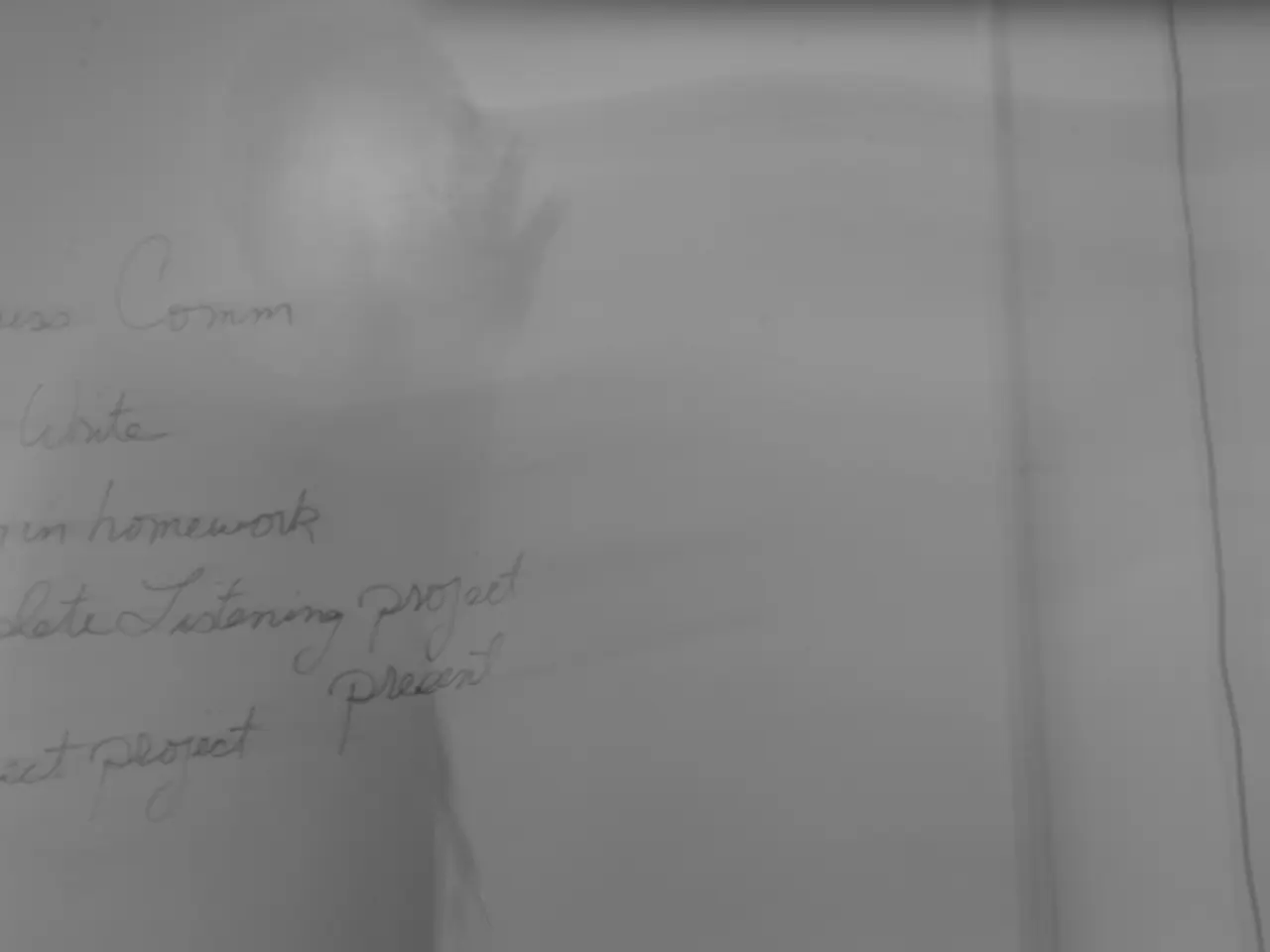Redoing Your Work: Strategies to Lower Anxiety During Rewriting and Editing
In the world of college-level history essays, rewriting can often feel like a daunting task. But with the right strategies, students can transform their essays from good to great. This article provides tips and techniques for effective rewriting, focusing on comprehensive editing, structural clarity, and feedback.
First, comprehensive content editing is essential. Review the essay line-by-line to ensure clarity, logical flow, and completeness of sections. Check if all parts align with the thesis, the sequencing is coherent, and the argument maintains strength without being too aggressive or off-topic. Removing or reordering sentences that disrupt meaning is crucial. Using readability tools can help assess how understandable the essay is.
Second, developing and following a detailed outline can help organise main ideas and supporting evidence logically. This helps in refining the structure, ensuring transitions guide the reader effectively, and each paragraph supports the thesis with strong evidence and analysis.
Third, revising for clarity and conciseness is key. Students aim to write precise, straightforward sentences, avoid unnecessary jargon, and limit passive voice. Reading the essay aloud is a common tactic to catch grammar errors and improve sentence rhythm.
Fourth, using feedback from peers or instructors helps identify weak areas and offers suggestions for improvement. Feedback is used to gauge how others perceive the essay and to guide further revisions but does not always require immediate changes.
Fifth, technical proofreading and tools are essential to ensure accuracy. Students correct grammar, spelling, punctuation, and check for plagiarism. Online tools like Grammarly or Hemingway Editor can offer additional editing layers, though human revision is still crucial. Checking citation accuracy and adherence to relevant citation styles (APA, MLA, Chicago) strengthens the essay’s academic integrity.
Sixth, time management during rewriting is important. In timed settings, students focus first on completing a full draft rather than prematurely editing early paragraphs. Editing is reserved for when the whole argument is laid out, ensuring a balanced essay without rushed omissions.
Other useful tips include opening a new document alongside the original essay for free writing and editing, breaking down the rewriting process to make it more manageable, and using software like Zotero to manage research sources.
Printing out the essay and editing with pen-to-paper is the first step in the rewriting process. Collecting thoughts onto one piece of paper helps to focus on big ideas instead of minor edits. Workshops hosted by PUL can help learn more about using Zotero.
The rewriting process is crucial for essay writing, focusing on fundamental aspects and asking basic questions about the essay's structure, coherence, references, and grammar. This article is part of the "The Writing Process" section and is written by Austin Davis, the Humanities Correspondent.
For those interested in writing without an outline, another article within the same publication titled "Frankensteining my Thesis: Writing Without an Outline" offers alternative approaches. Similarly, "The Writing Center as an Independent Work Resource" provides insights into using the writing center as a valuable resource for essay writing.
In the realm of college-level history essays, independent work on personal growth is essential. Seniors can use these strategies to refine their senior thesis, while juniors can apply them to their junior paper for education-and-self-development purposes. Using a detailed outline, revising for clarity, seeking feedback, employing technical proofreading tools, and effectively managing time all contribute to the transformation of good essays into great ones, promoting personal growth and academic success.




